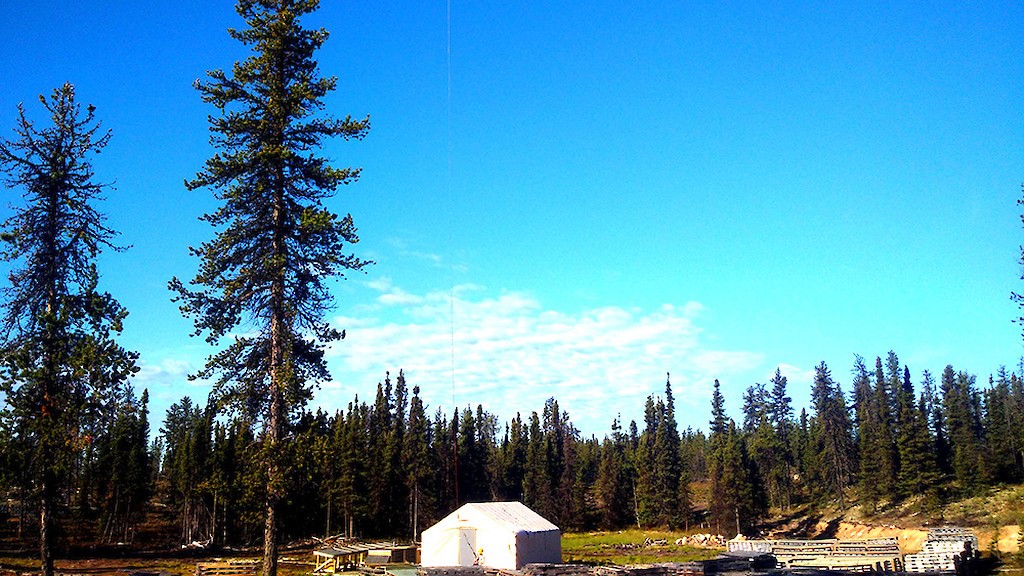Denison delivers robust PEA for Waterbury Lake


Denison Mines announced on Tuesday the successful completion of an independent preliminary economic assessment (PEA) for the Waterbury Lake property in Saskatchewan with a potential start to pre-production activities in 2025, ahead of possible first production by 2028.
The PEA evaluated the potential use of the in-situ recovery (ISR) mining method at the Tthe Heldeth Túé (formerly named J Zone, now THT) deposit with associated processing at Denison's 22.5%-owned McClean Lake mill.
The THT ISR operation is estimated to produce a total of 9.7-million pounds U3O8 over an approximate six-year mine-life with final processing at the McClean Lake mill. The project has an average cash operating cost of US$12.23 per lb and an all-in cost of US$24.93 per lb. Initial capital costs are estimated to be US$112-million.
The company announced last week that is ready to resume the formal environmental assessment (EA) process for the Wheeler River project, poised to be Canada’s first in-situ recovery uranium mine.
Denison had paused the process in March, due to restrictions related to COVID-19.
"The Waterbury PEA further demonstrates the potential for the ISR mining method to change Canada's global competitiveness in the uranium mining sector – without requiring the discovery and development of massive-scale uranium mines," said Denison president and CEO David Cates.
"The selection of the ISR mining method for the Tthe Heldeth Túé deposit has transformed our expectations for the project – generating robust preliminary financial results with comparatively modest upfront capital costs."
Denison's plan for the project includes a 'freeze wall' design adapted from the 'freeze dome' outlined for the Phoenix deposit in the Wheeler River prefeasibility study.
"The freeze wall design allows for the containment of a smaller area and a significant reduction in up front capital costs, as compared to the 'freeze dome.'" said David Bronkhorst, VP operations of Denison.
This story originally appeared on www.MINING.com.
Comments